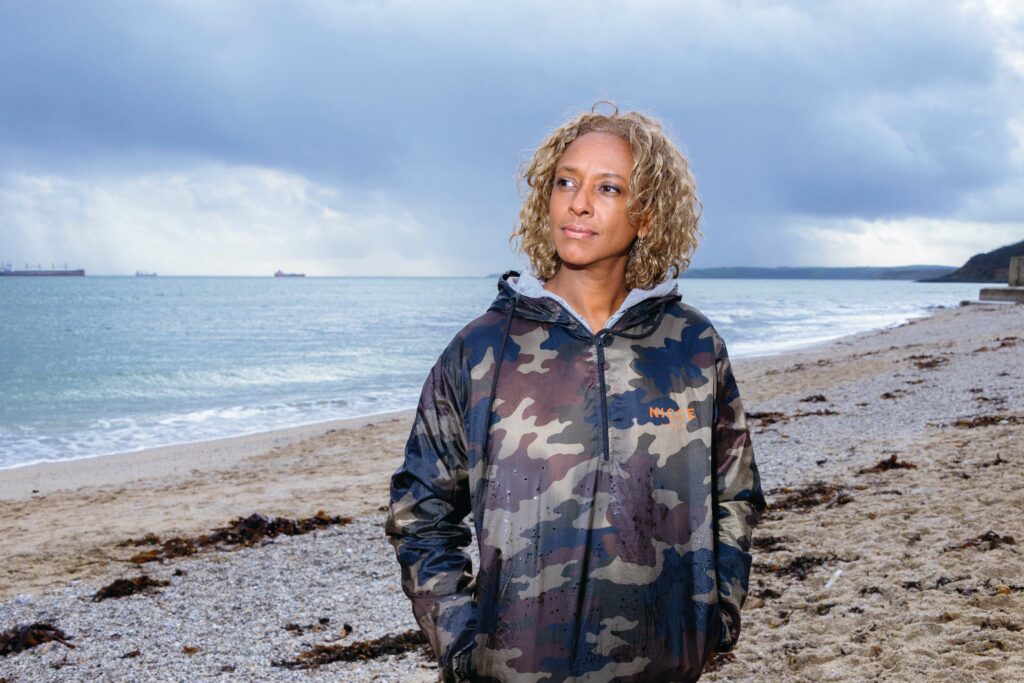OPINION
Gillian Burke
“Bird and brother would work together with precision timing”

TWO GLORIOUSLY MATURE avocado trees framed the scene. Like a tag team, these biennial fruiters would take it in turns to display their wares. With shiny skin the colour of dark chocolate, the avocados were richer and creamier than anything I have ever tasted before or since.
The trees are now long gone, but the memories they hold continue to bear fruit. Our dearly departed family pets – dogs, cats, vervet monkeys and a rescue ground squirrel – were all buried at the foot of one tree. At the foot of the other, a colony of termites provided me with hours of entertainment as I watched the workers knead and mould the ochre-red soil that is characteristic of that part of Kenya to construct their mud tunnels (my idea of a good time in the days before devices and daytime telly).
This was all well and good, but it was what happened in the space between my two arboreal companions that really captivated me. A black kite would sit motionless on the branch of one tree and wait patiently for my brother who would emerge unannounced with a treat for the bird: a piece of raw meat tossed up into the air with a swift flick of the wrist. As far as I could tell, there was very little by way of an exchange of verbal or visual cues, yet bird and brother would work together with precision timing.
The kite would have to unfold its wings, time its launch and calculate its flight path, even before the tasty treat had left my brother’s hand. Slow, powerful wingbeats would carry the bird to the point where the projectile reached zero velocity. Just as the meaty morsel began its fall back to Earth, the bird would snatch it from the air and continue on its way to land in the avocado tree opposite.
Scientists studying how wild animals alter their behaviour when living in close proximity to humans have analysed almost 200 peer-reviewed studies in mammals, birds, fish, reptiles and even molluscs. They looked at domesticated animals, wild animals in captivity, as well as the effect of urbanisation on the different animal groups.
The researchers were startled by the extent to which, in many cases, animals began to lose their anti-predator traits, sometimes almost immediately after contact with humans. Wild animals employ different behavioural tactics – from hyper-vigilance to freeze or flight – in response to a threat, but these quickly waned, as anthropogenic environments tend to have lower predation risk than natural habitats. The most pronounced effects were noted in animals that ranged freely in urban environments, while the effect was slowest in captive wild animals, suggesting freedom of movement helps to put animals at ease while they suss out us humans.
The researchers’ findings could inform various conservation efforts, from captive breeding programmes to animal rescue centres, but they might also go some way to retelling the ‘humans are invariably bad for nature’ self-flagellating narrative that has become so pervasive and, in my view, isn’t a helpful mindset from which to heal our relationship with the natural world.
This is not to sweep the negative impacts under the carpet, but shining a light on the positive relationships and impacts humans can and do have on wildlife and environments could help move us towards a healthier, more balanced relationship with not just nature, but ourselves.
I don’t know how the relationship with the black kite started. Clearly, the bird had something to gain, but for my brother it was just the sheer joy of the encounter. There are lots of compelling adaptive reasons for how and why humans began domesticating the first animals, but when I recall these scenes from my childhood, I do wonder whether joy should be added to the list?

Catch up on all the episodes from last year’s Autumnwatch on BBC iPlayer

Gillian Burke is a biologist, writer and presenter.
You can visit gillianburkevoice.com to read her blog and latest news.